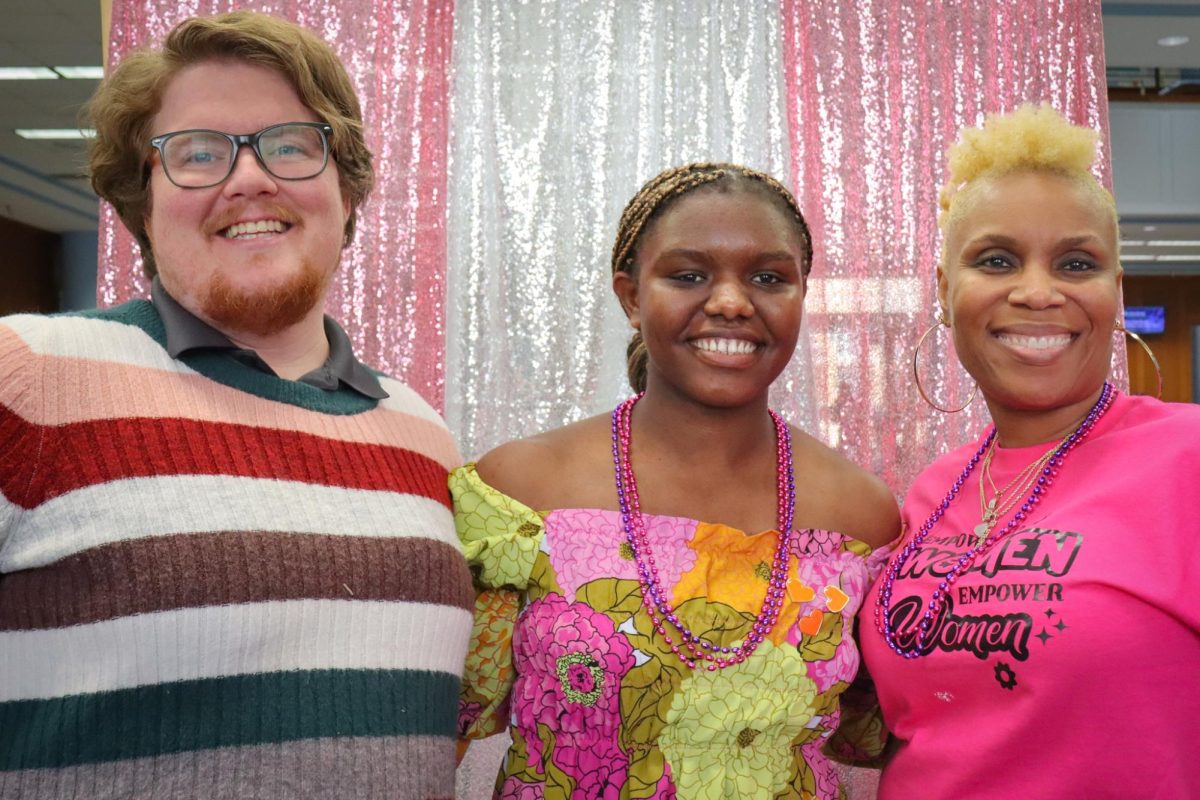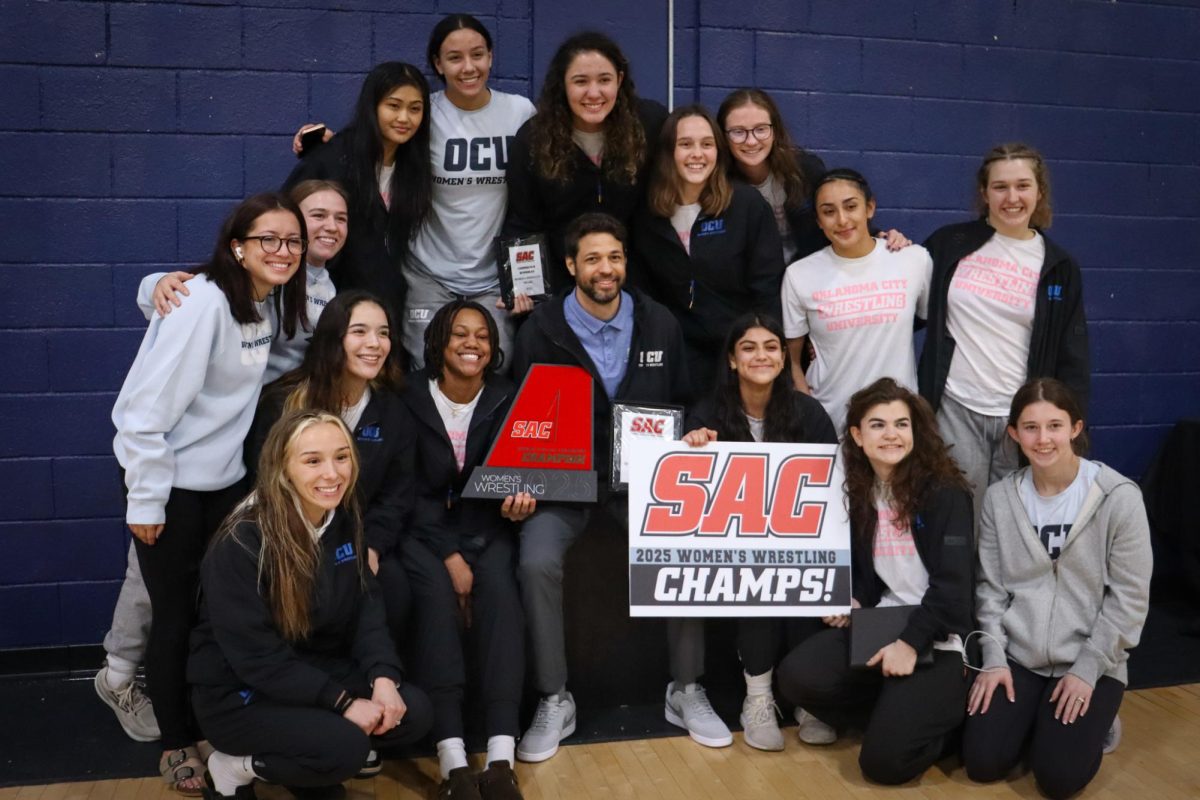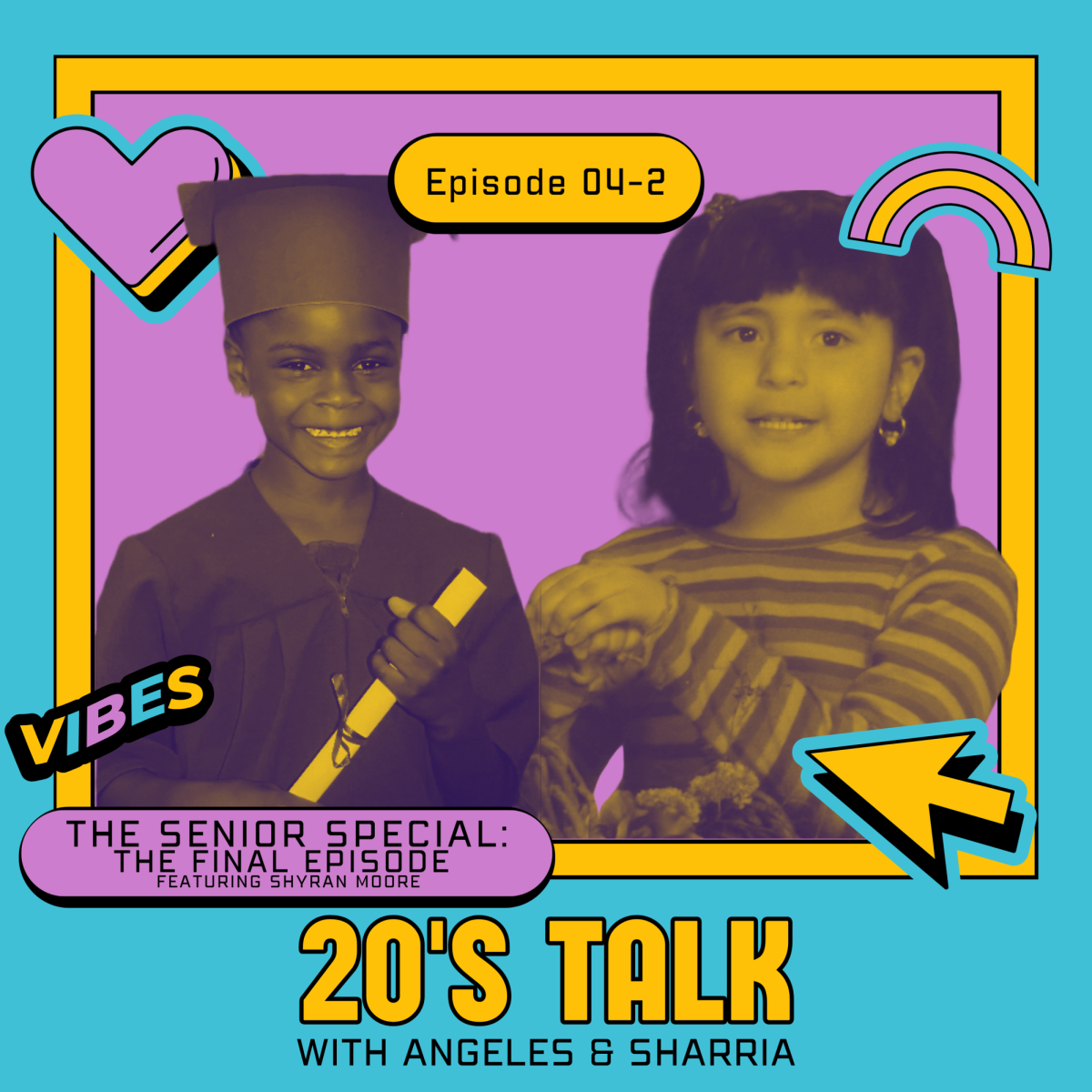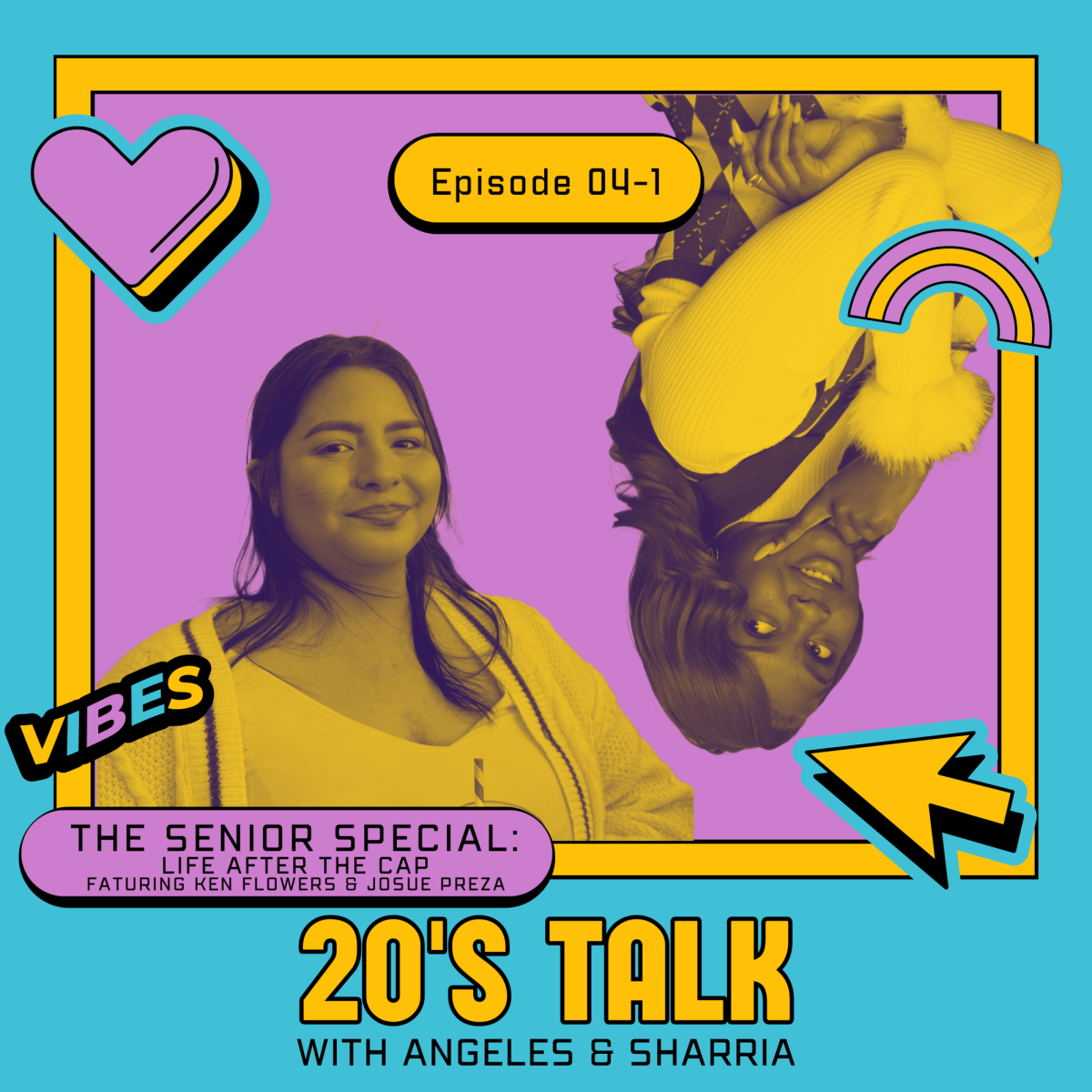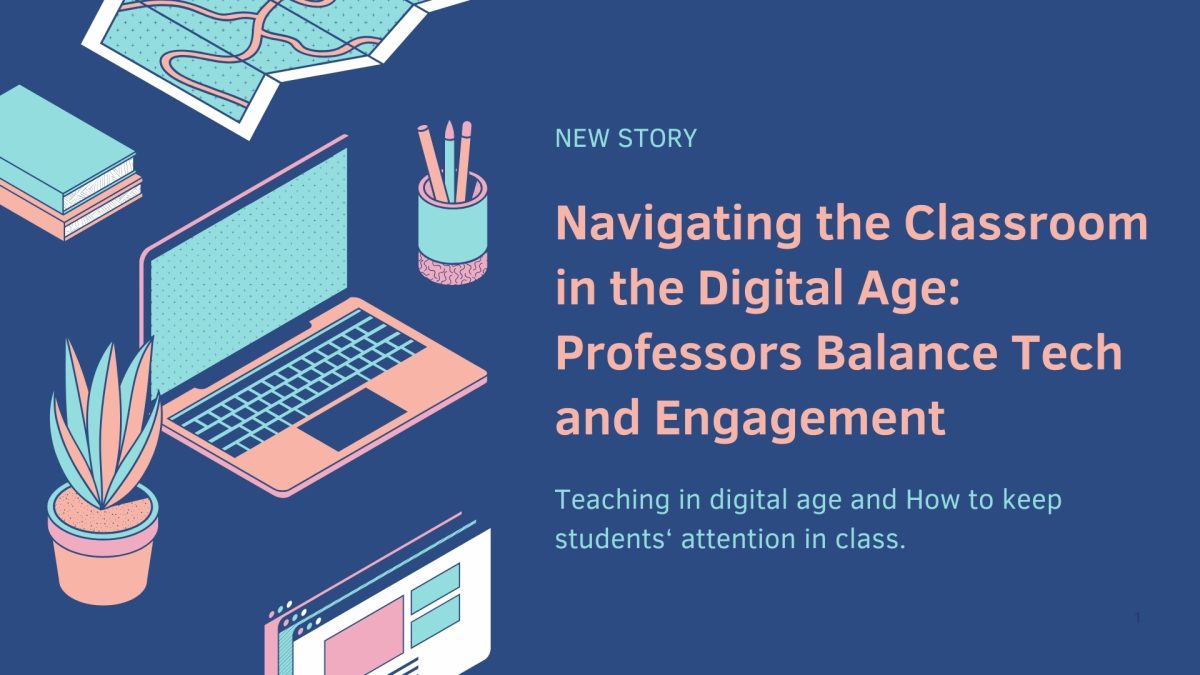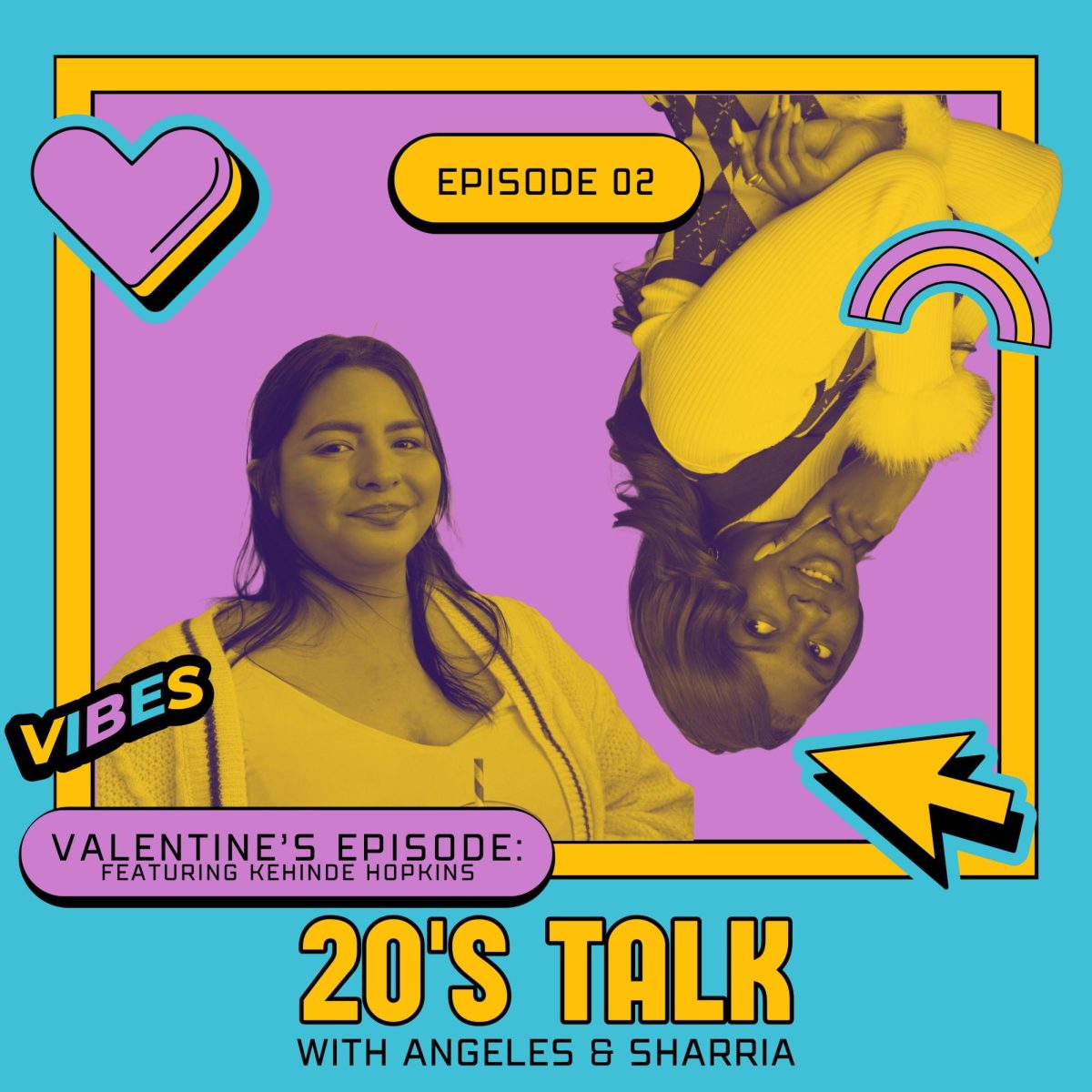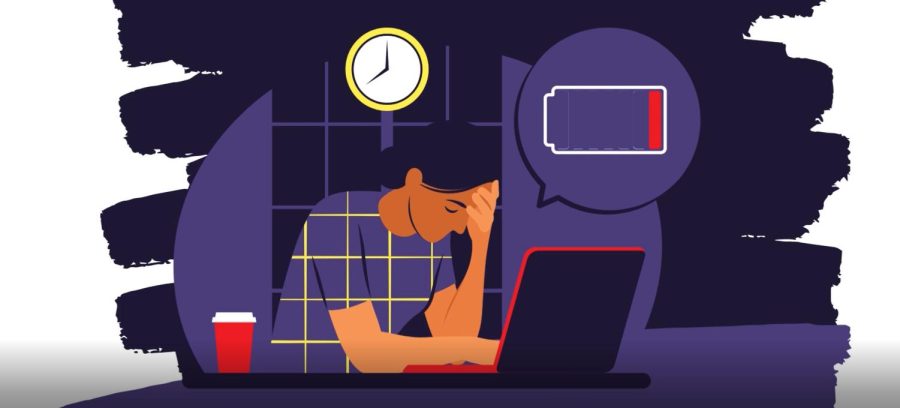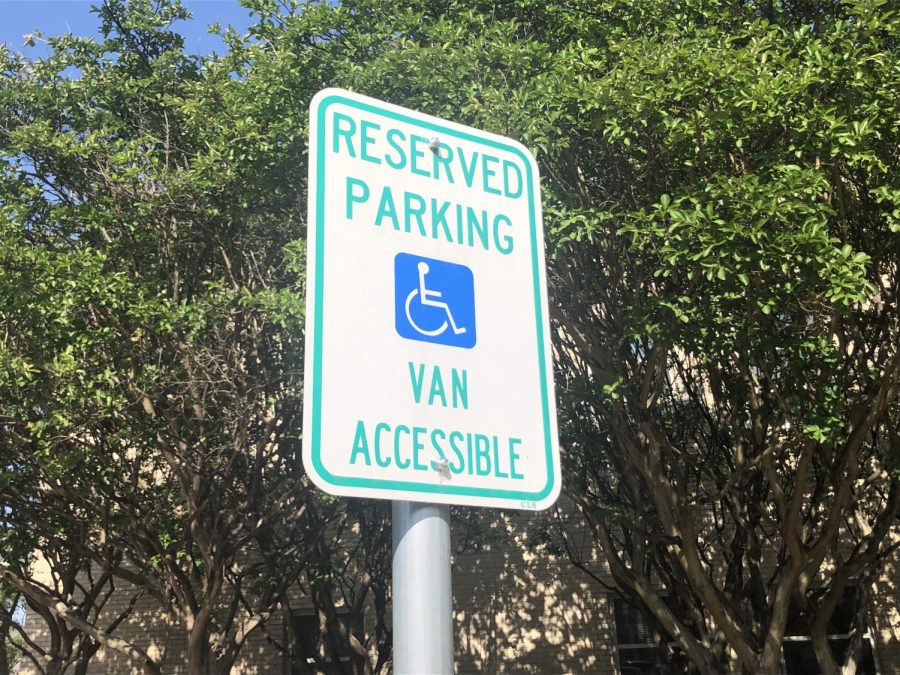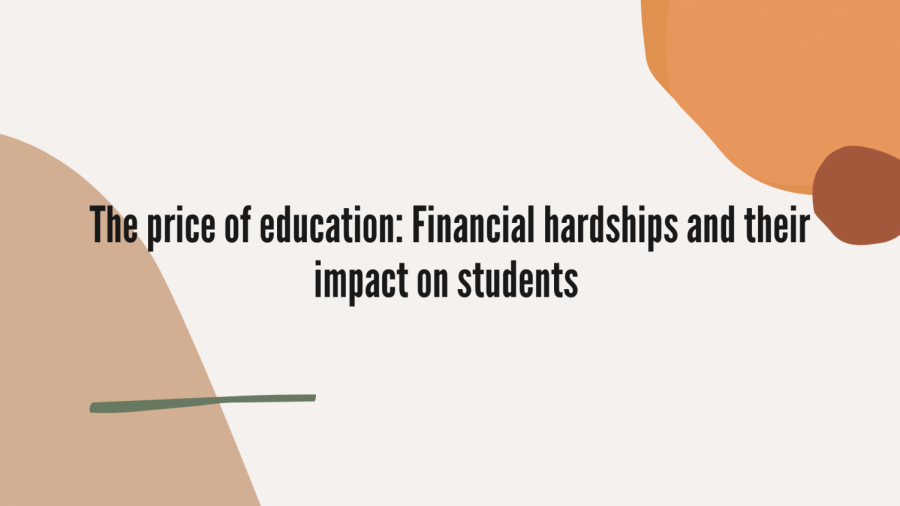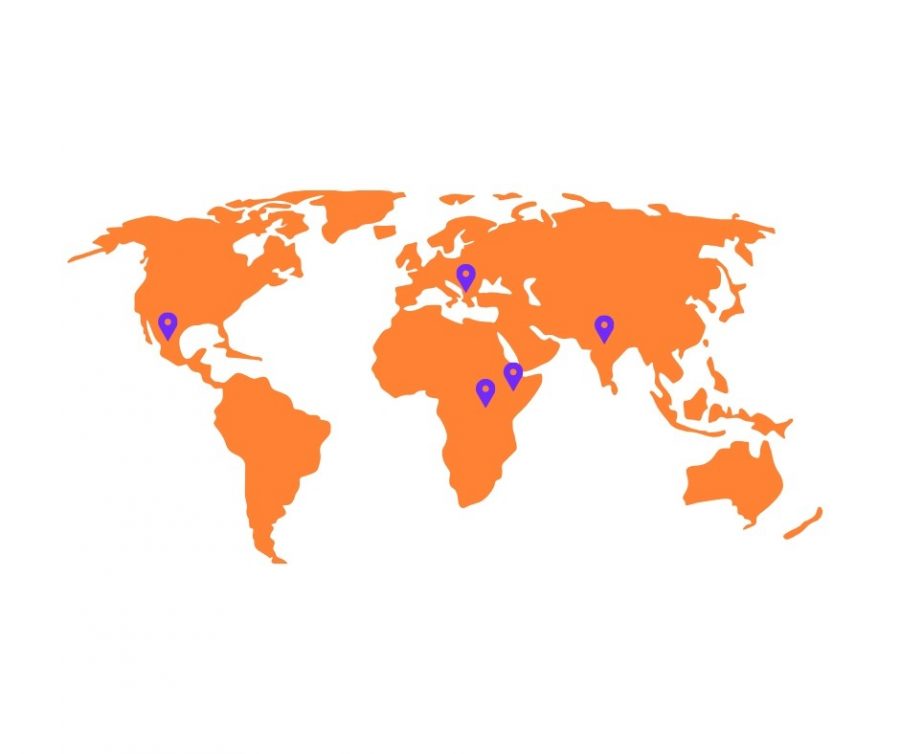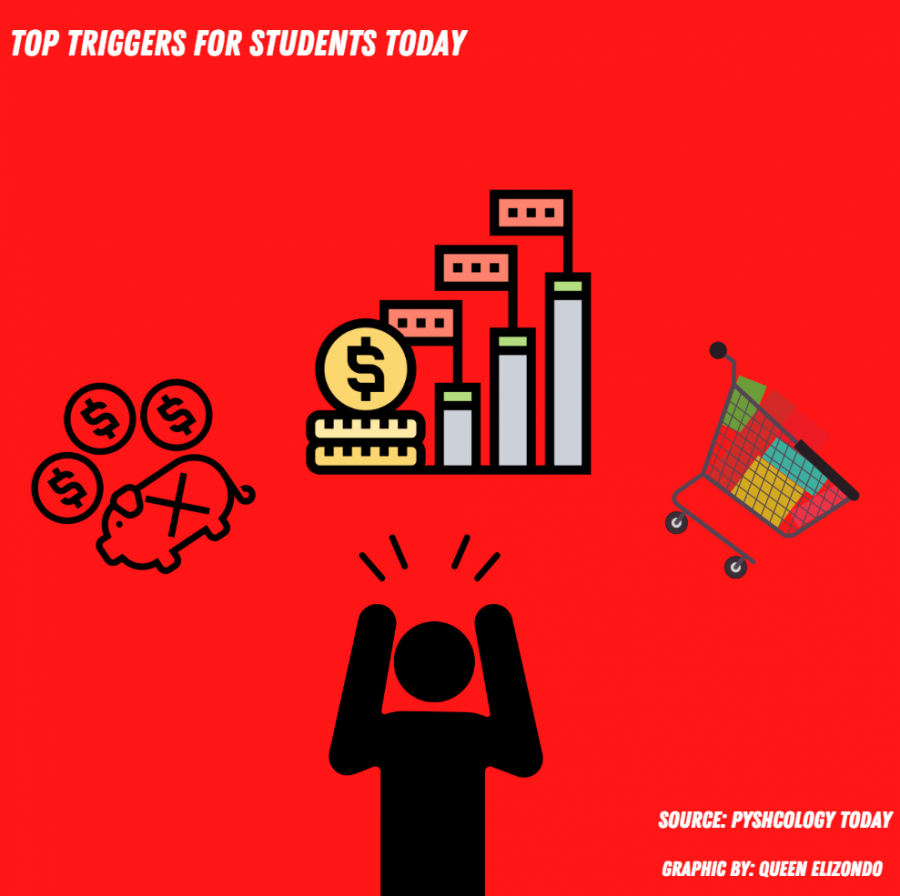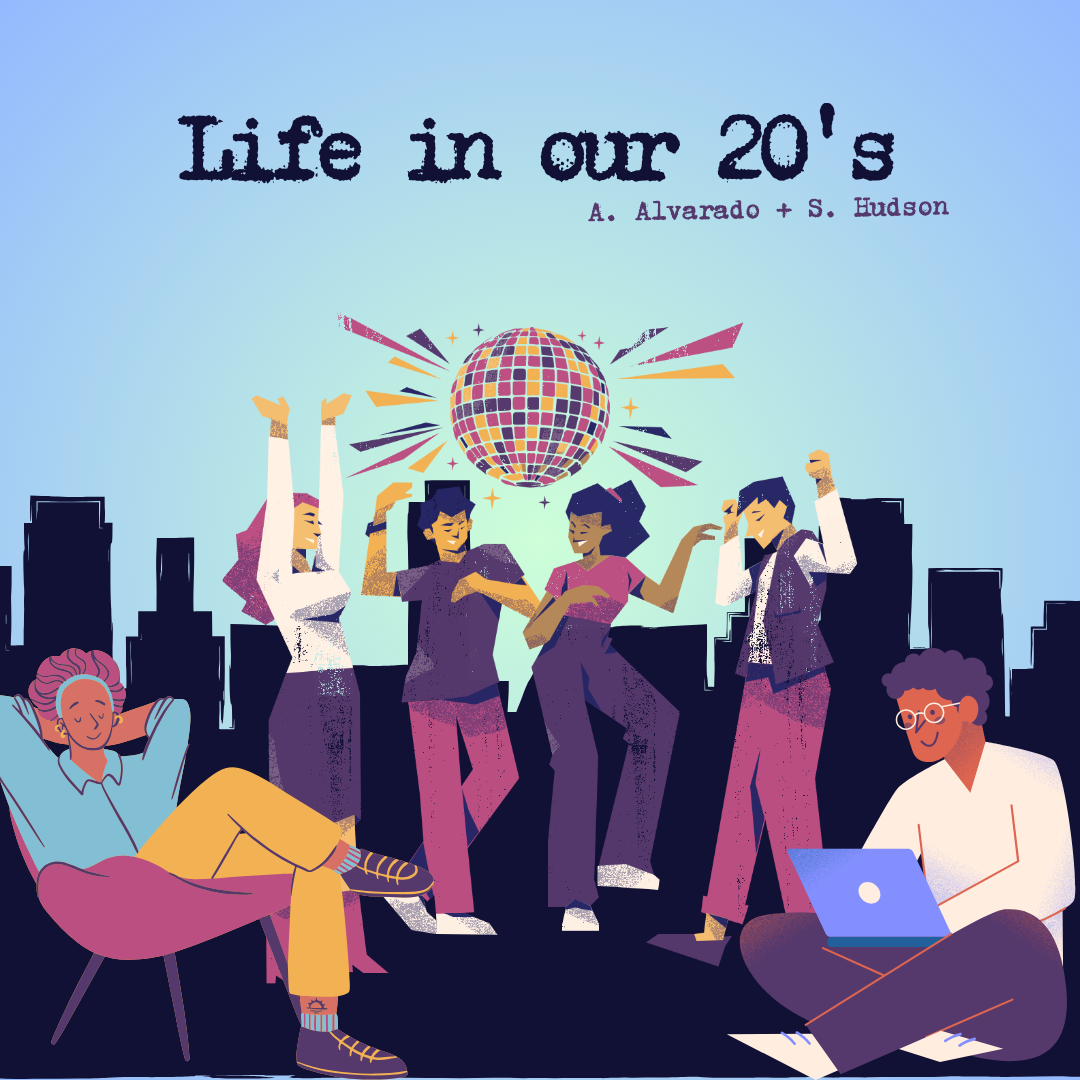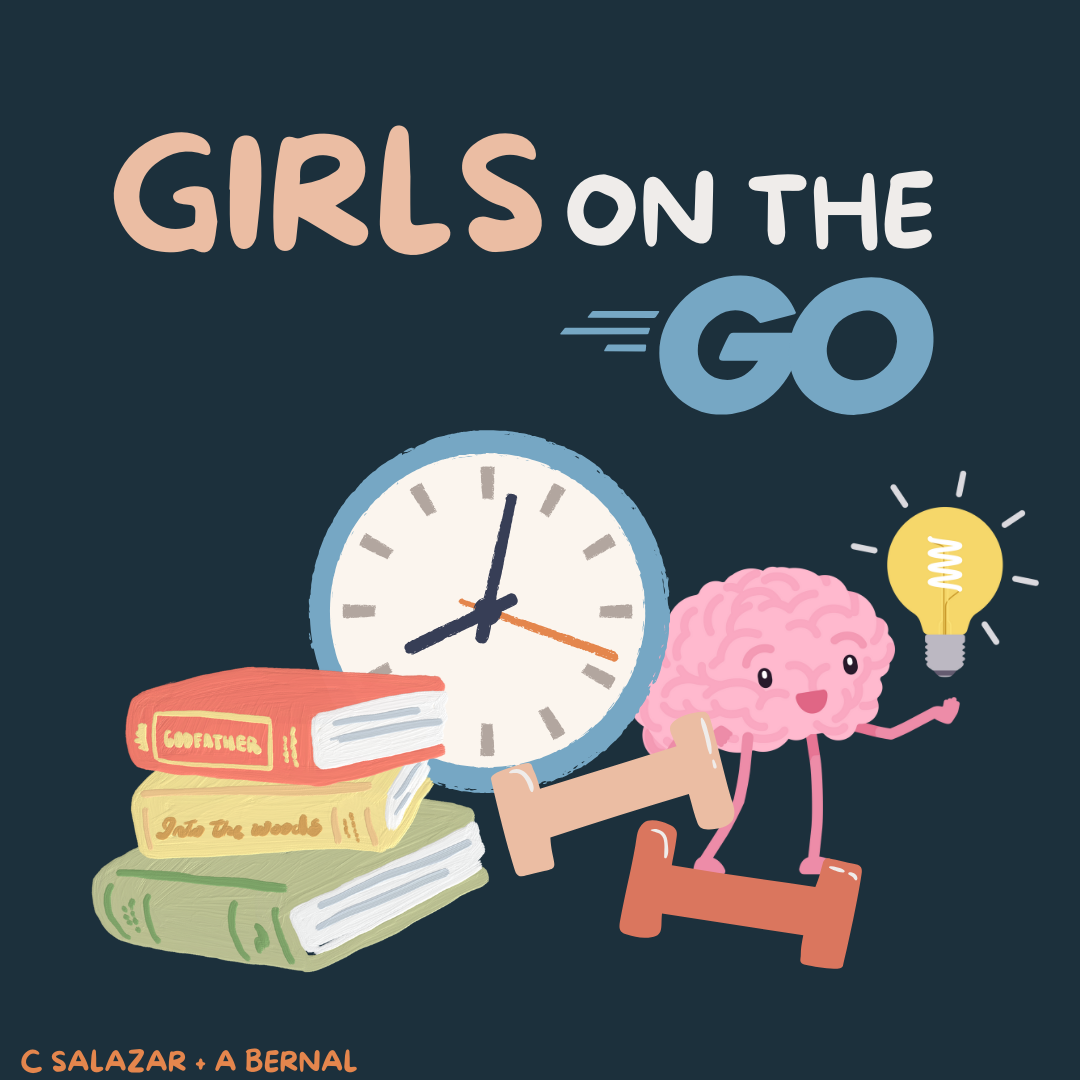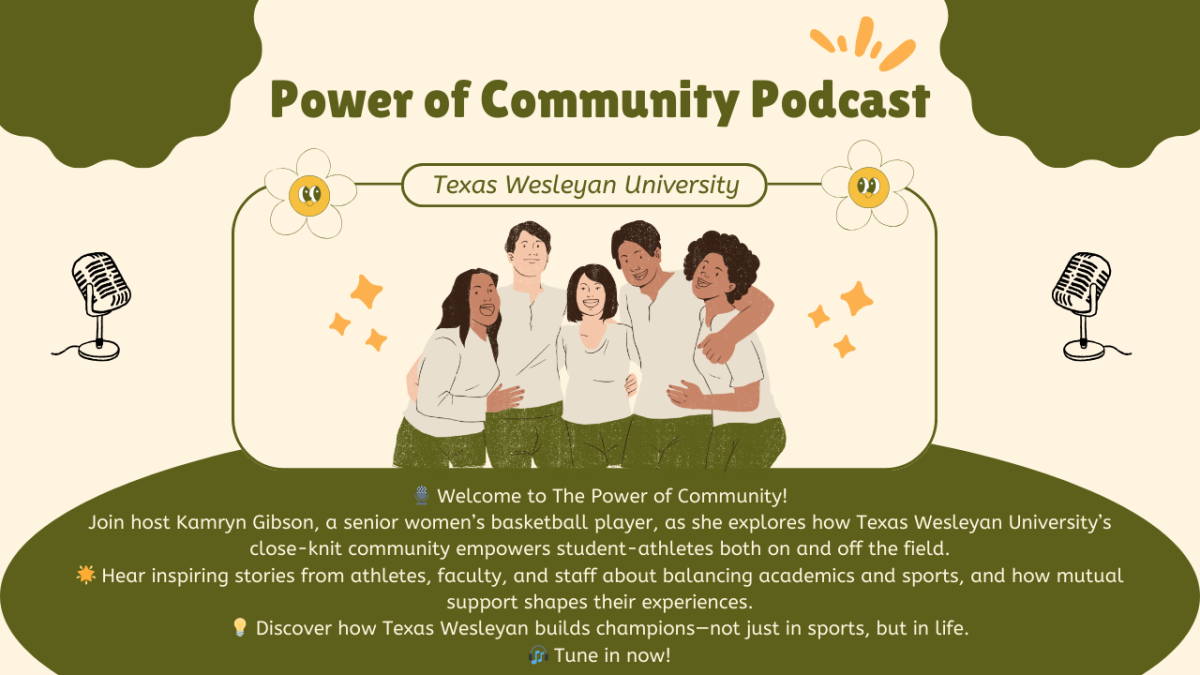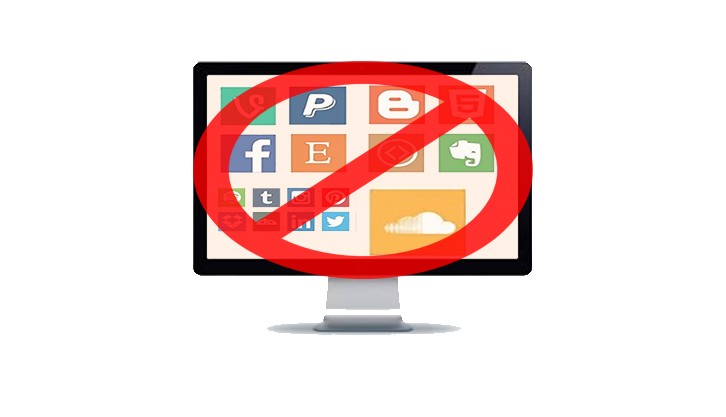The ability to connect with the masses through social media has changed the world. 
For many people, the constant need to check or post on social media has become an essential part of our day-to-day plans.
According to digitaltrends.com, people in the U.S. check some type of social media account a staggering 17 times a day. Nearly 20 percent of time spent online is spent on checking social platforms.
The constant need to check and update social media platforms has been so extreme that many illegal or traumatizing events are being posted to popular sites.
In early January, a video was released on Facebook live of an 18-year-old white man being beaten and tormented by four black adults, according to cnn.com.
After the suspects were caught, Facebook announced the video was pulled for “celebrating and glorifying crimes.” The original content was shareable because it raised awareness of the incident and informed local law enforcement about what had happened, but it was later deleted because people found it offensive.
The fact is, this was not the first time brutal footage has been broadcast to the world. According to mirror.com, crimes, including murder, stalking and robbery, being broadcast on social media sites were reported to law enforcement at a rate of one every 45 minutes in 2015.
A similar event happened on June 15, 2016, when a video of a man being shot in front of a house was live-streamed on social media. Authorities arrived on the scene 14 minutes after the video was released and later used the video as a clue to the tragedy.
With the increase of gruesome or disturbing live content being shared on Facebook Live, Facebook is considering creating a clock team to continuously review live content being posted that “violates the community standards,” according to qz.com.
But without the videos being shared, wouldn’t we know more about people doing gruesome things that break the law?
Instead of Facebook and other social media platforms focusing on creating control groups to monitor the sites, the sites should focus on creating educational programs concerning cyberbullying and the dangers of social media.
This is especially true because of the substantial amount of children under the age of 13 having access to electronic devices, internet, and social media platforms on a daily basis.
So many people under the age of 18 use social media, and steps need to be taken to keep them safe. The need to inform and educate social media users is substantial, especially with the 82 percent of young adults that have seen, heard, or have been subjected to some type of “online hate” in the past year, according to telecompaper.com.
By creating more educational programs and introducing those programs to children in elementary school, children will be ‘educated in what is considered cyberbullying and what should and shouldn’t be posted.
Education programs should stress the idea that people need to think of the consequences that can occur from sharing a certain post or video, whether it be losing a friend from a hateful post or not being able to get a job in a few years because of a photo gallery of you at a party.
Don’t post something that could hurt you in the long run, because it could be there for the rest of your life.
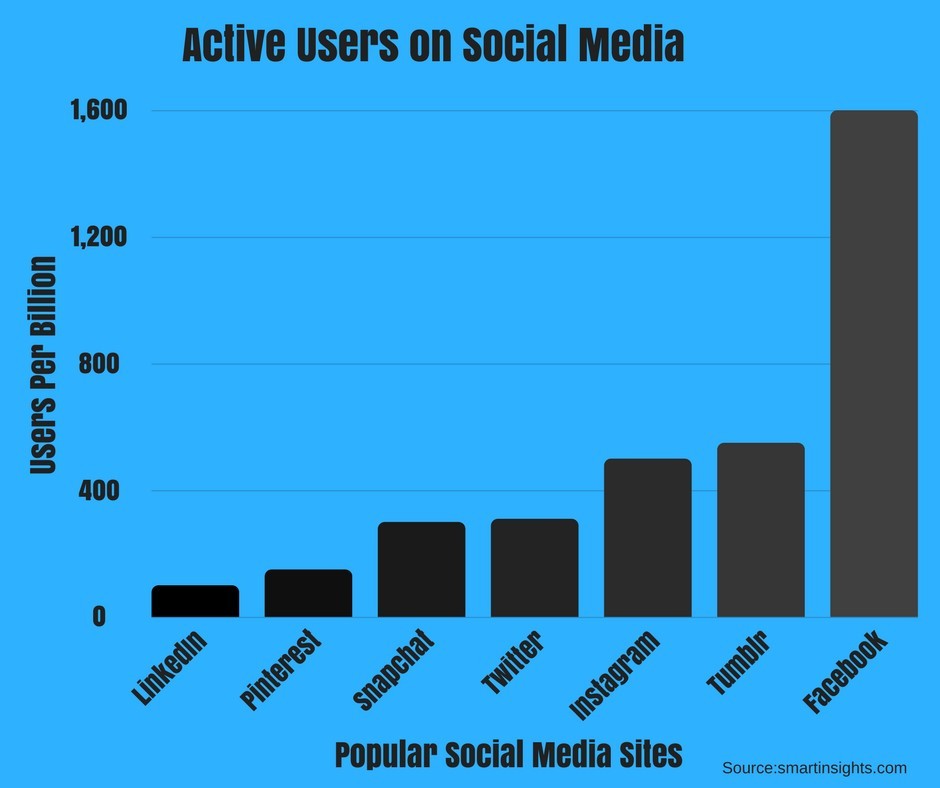



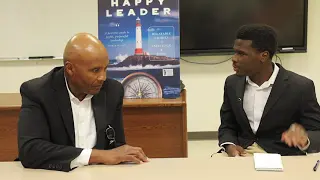
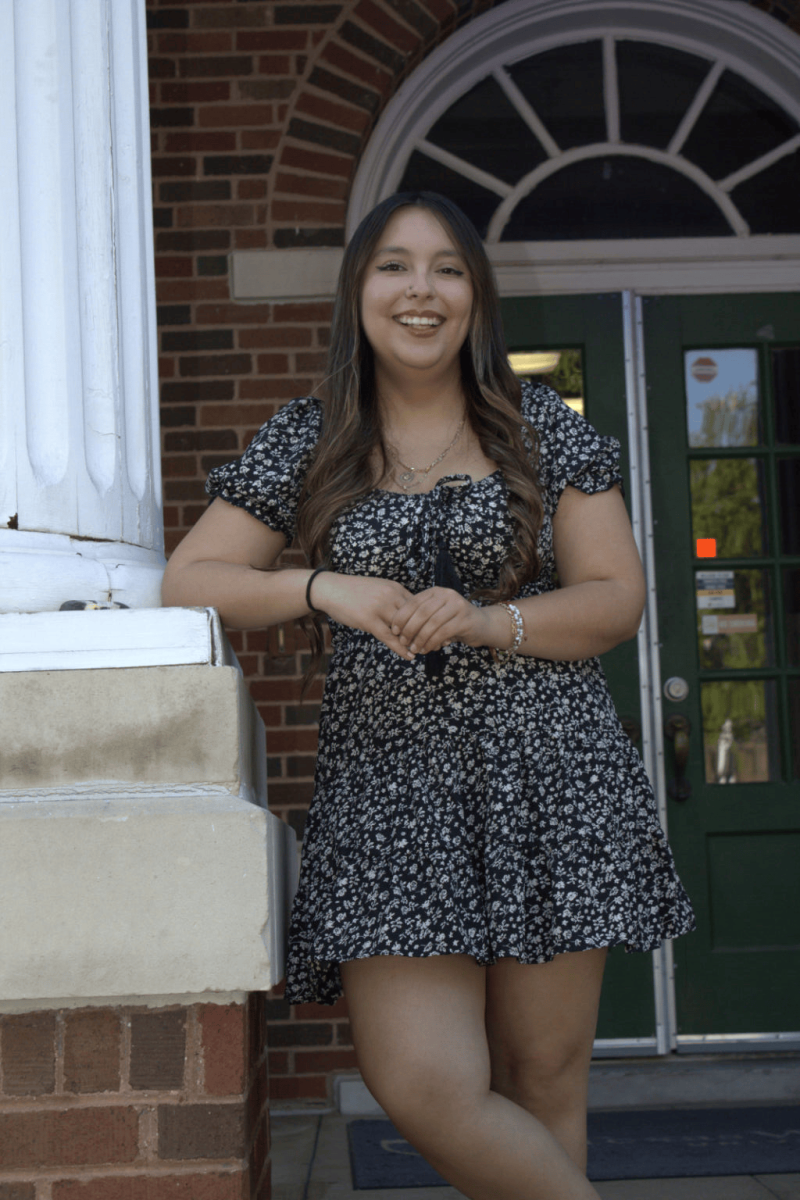
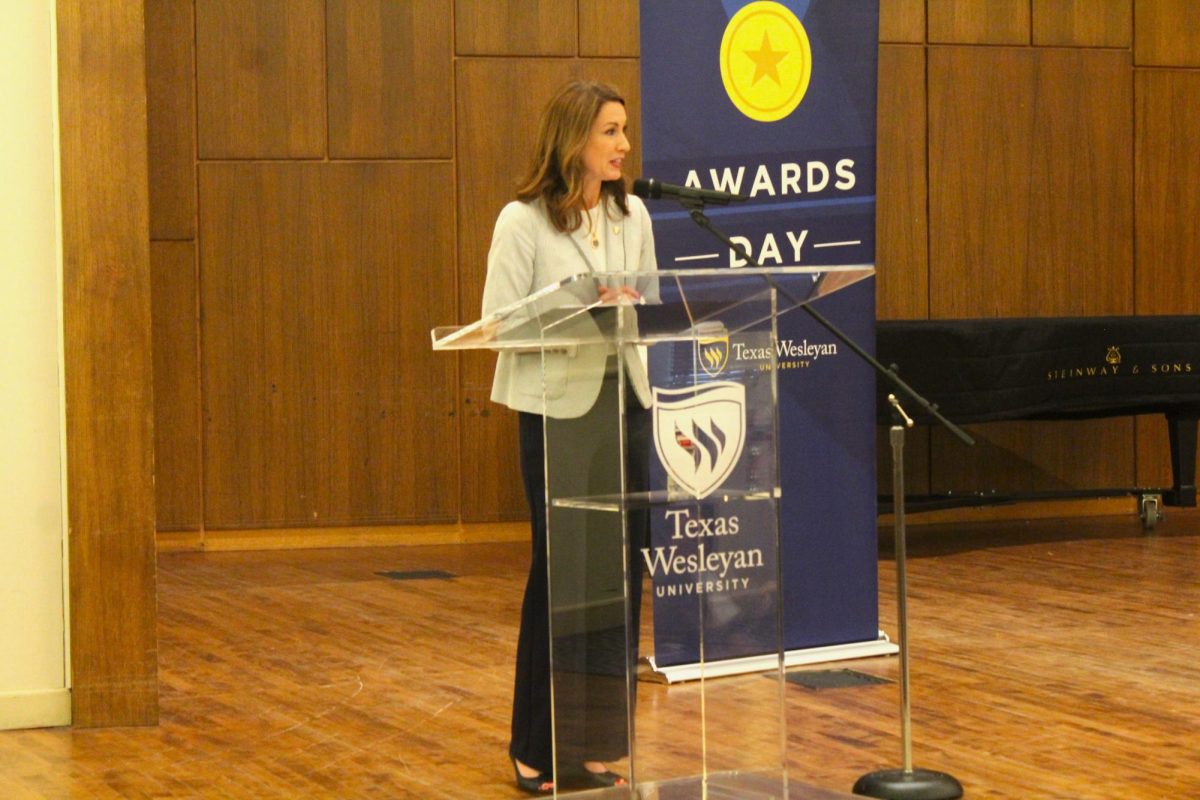
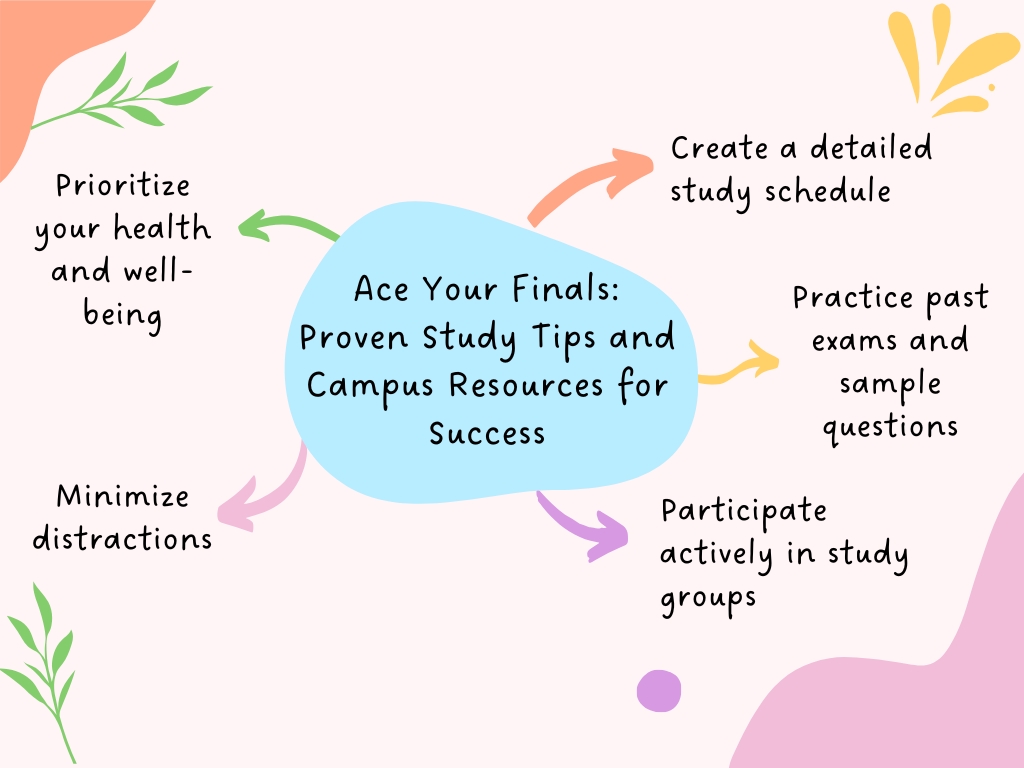
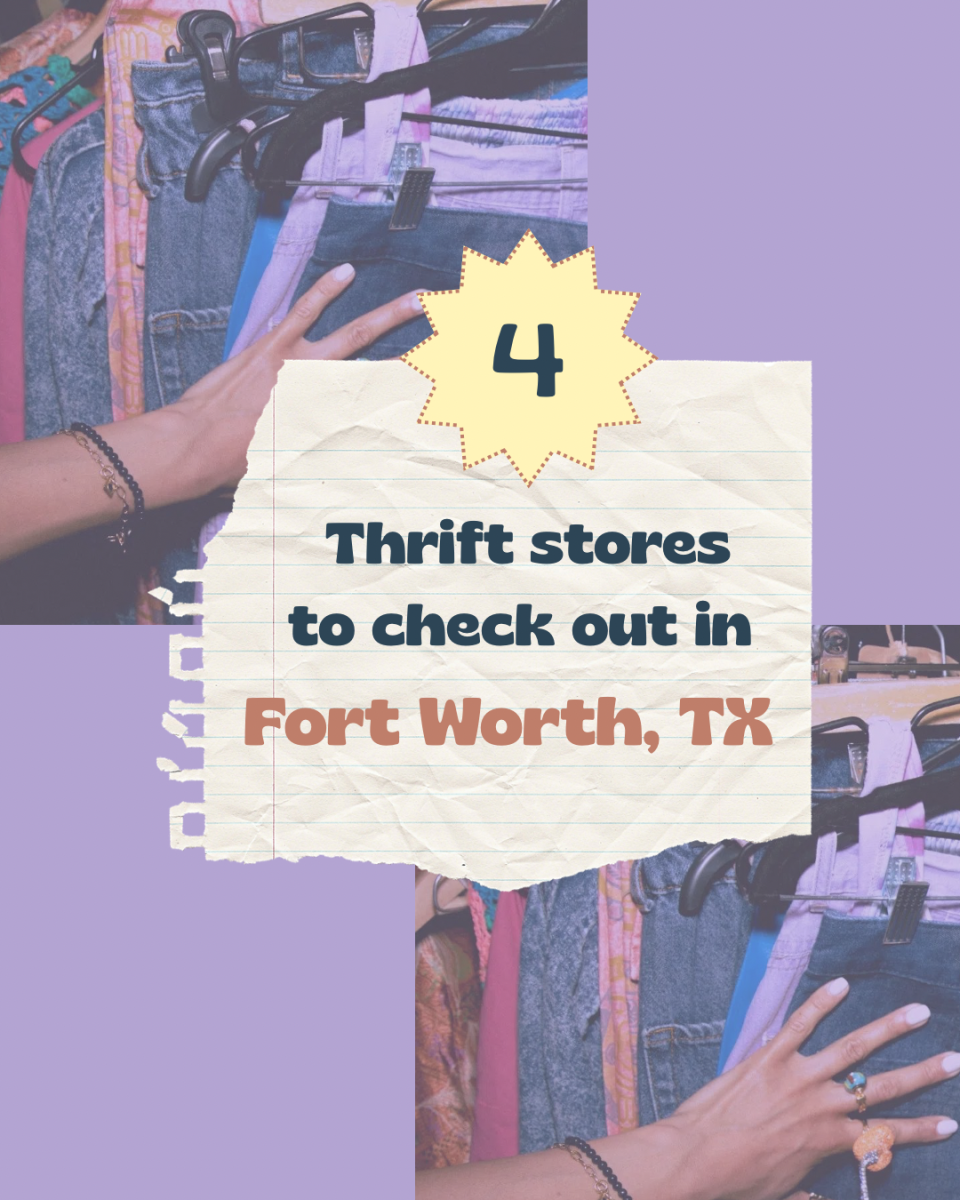
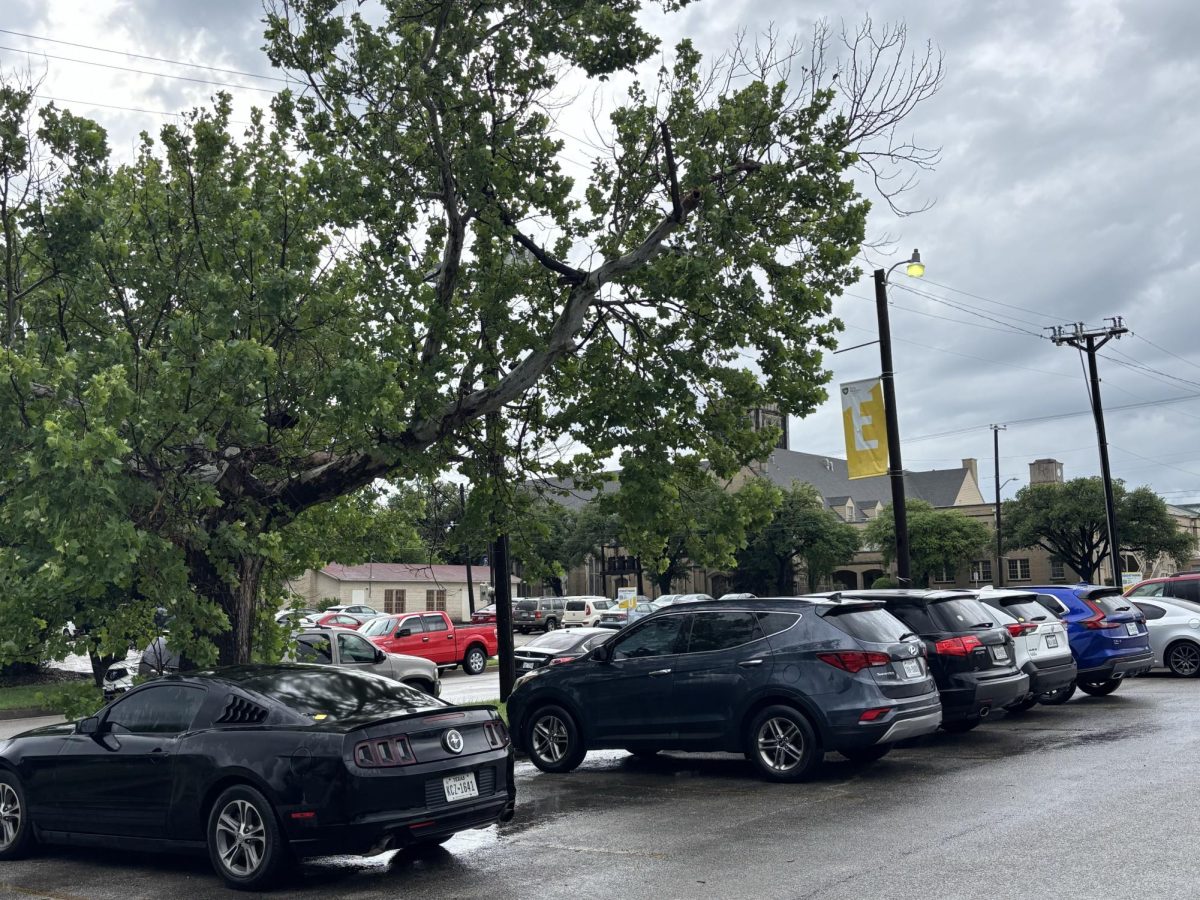
![Pippin, played by Hunter Heart, leads a musical number in the second act of the musical. [Photo courtesy Kris Ikejiri]](https://therambler.org/wp-content/uploads/2025/04/Pippin-Review-1200x800.jpg)
![Harriet and Warren, played by Trinity Chenault and Trent Cole, embrace in a hug [Photo courtesy Lauren Hunt]](https://therambler.org/wp-content/uploads/2025/02/lettersfromthelibrary_01-1200x800.jpg)
![Samantha Barragan celebrates following victory in a bout. [Photo courtesy Tu Pha]](https://therambler.org/wp-content/uploads/2025/05/20250504_164435000_iOS-834x1200.jpg)
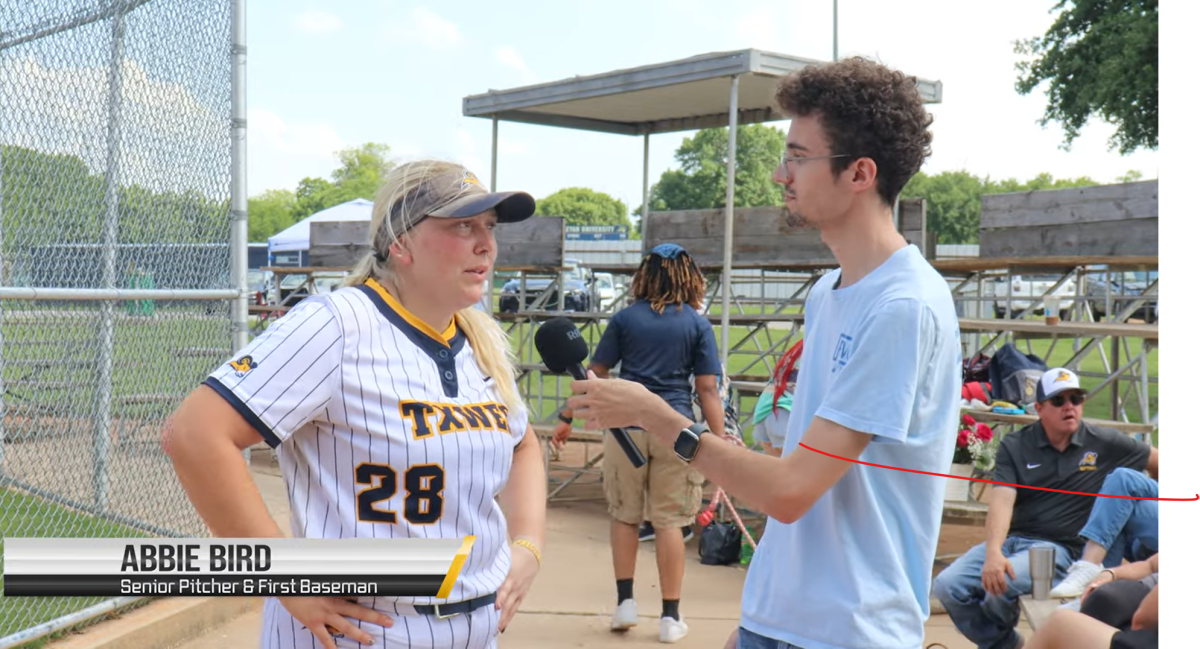
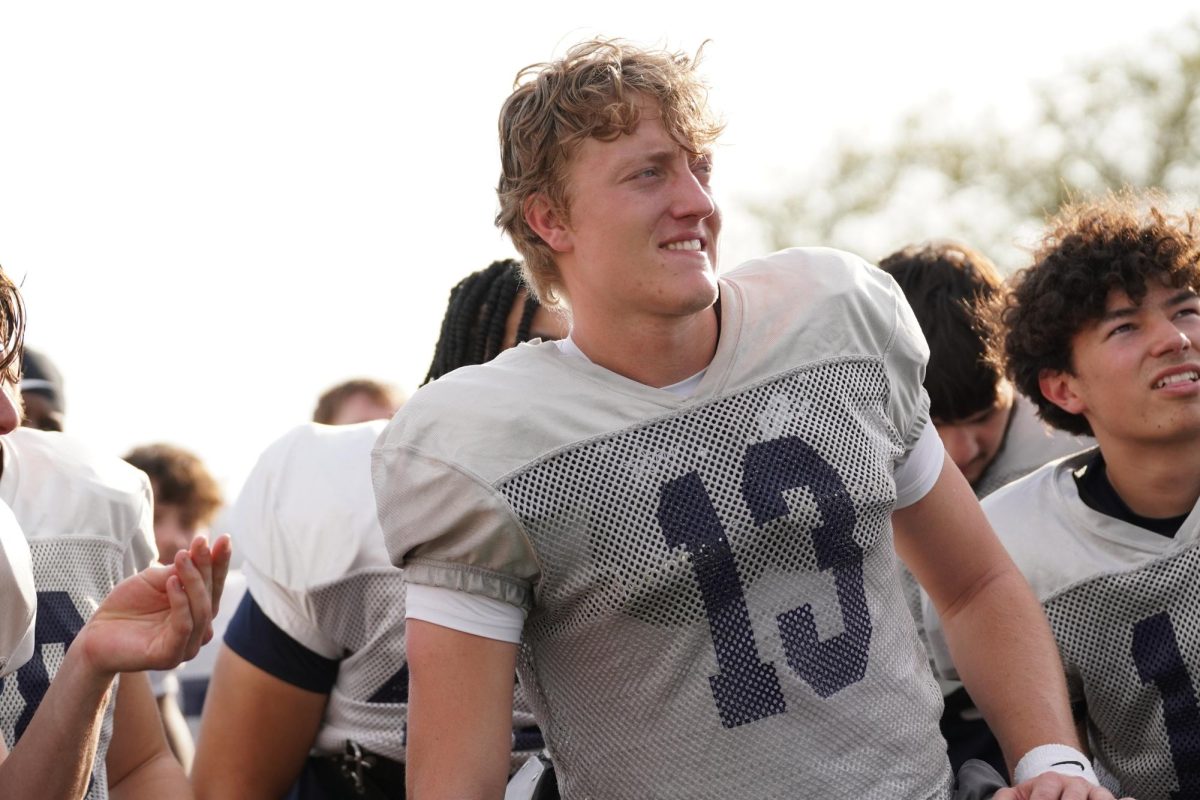

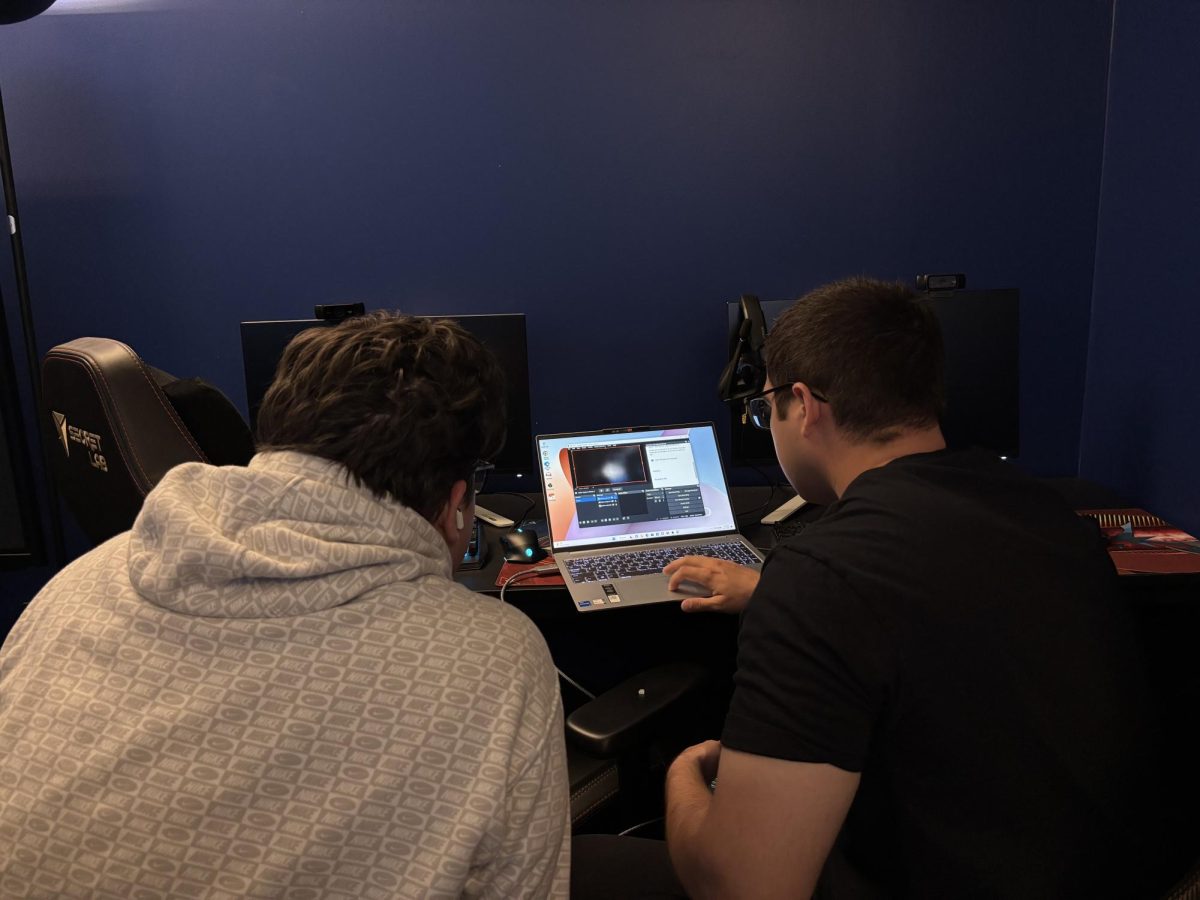
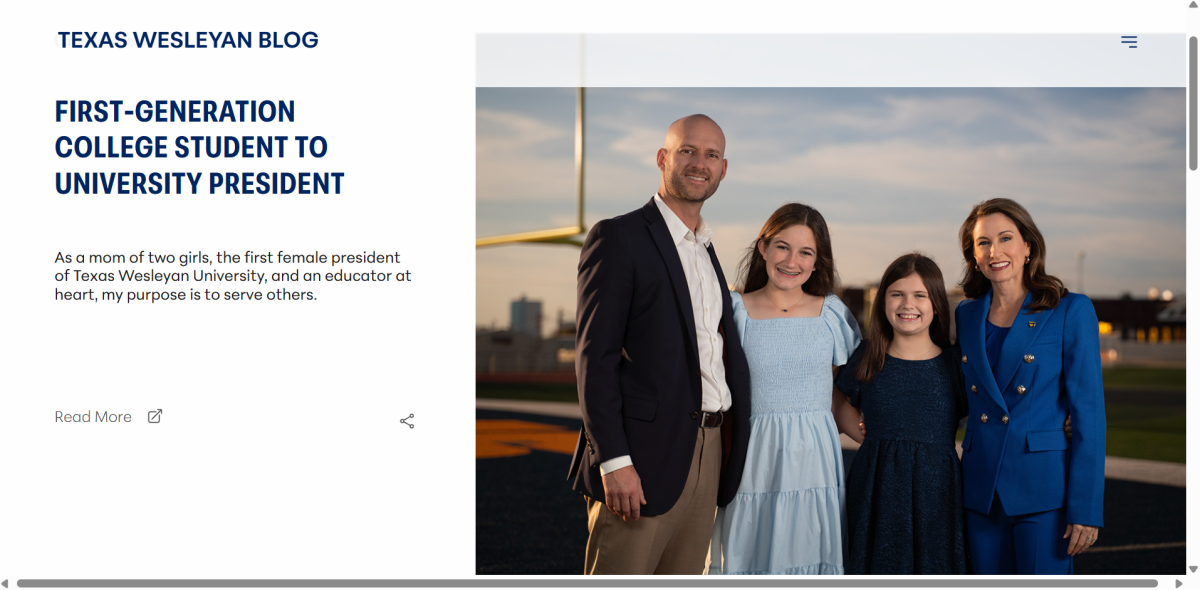
![Hunter Heart (center), the play's lead, rehearses a scene alongside other student actors. [Photo courtesy Jacob Sanchez]](https://therambler.org/wp-content/uploads/2025/04/thumbnail_IMG_8412-1200x816.jpg)
![Student actors rehearse for Pippin, Theatre Wesleyan's upcoming musical. [Photo courtesy Jacob Rivera-Sanchez]](https://therambler.org/wp-content/uploads/2025/04/Pippin-Preview-1200x739.jpg)
![[Photo courtesy Brooklyn Rowe]](https://therambler.org/wp-content/uploads/2025/05/CMYK_Shaiza_4227-1080x1200.jpg)
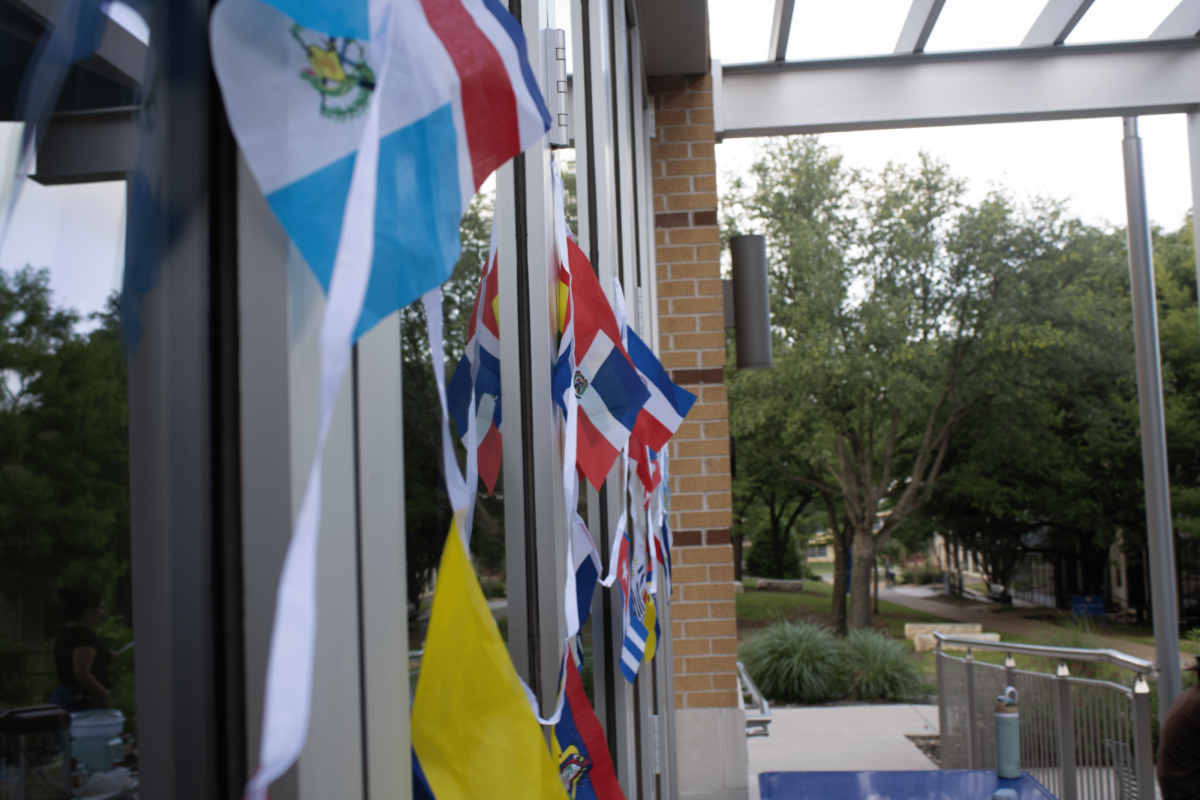
![Lady Rams softball wraps up weekend against Nelson Lions with a victory [6 – 1]](https://therambler.org/wp-content/uploads/2025/04/Screenshot-2025-04-04-100924-1200x647.png)
